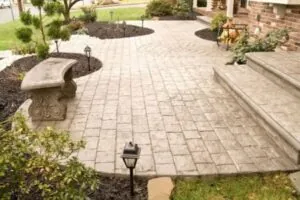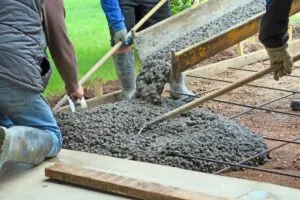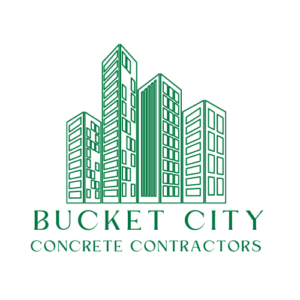Steel fiber reinforced concrete (SFRC) is making waves with its impressive performance and durability. This advanced material blends traditional concrete with steel fibers, creating a composite that offers enhanced strength and resistance. Imagine a construction material that not only withstands heavy loads but also resists cracking and wear over time, that is the power of SFRC. Whether you are involved in building bridges, high-rise buildings, or industrial floors, SFRC provides a robust solution that addresses many of the common challenges faced with standard concrete.
In this article, we will explore how steel fiber reinforced concrete works, its benefits, and why it is becoming a preferred choice in modern concrete construction. From its unique properties to its practical applications, SFRC stands out for its ability to improve structural integrity and longevity.
Overview of Steel Fiber Reinforced Concrete (SFRC)
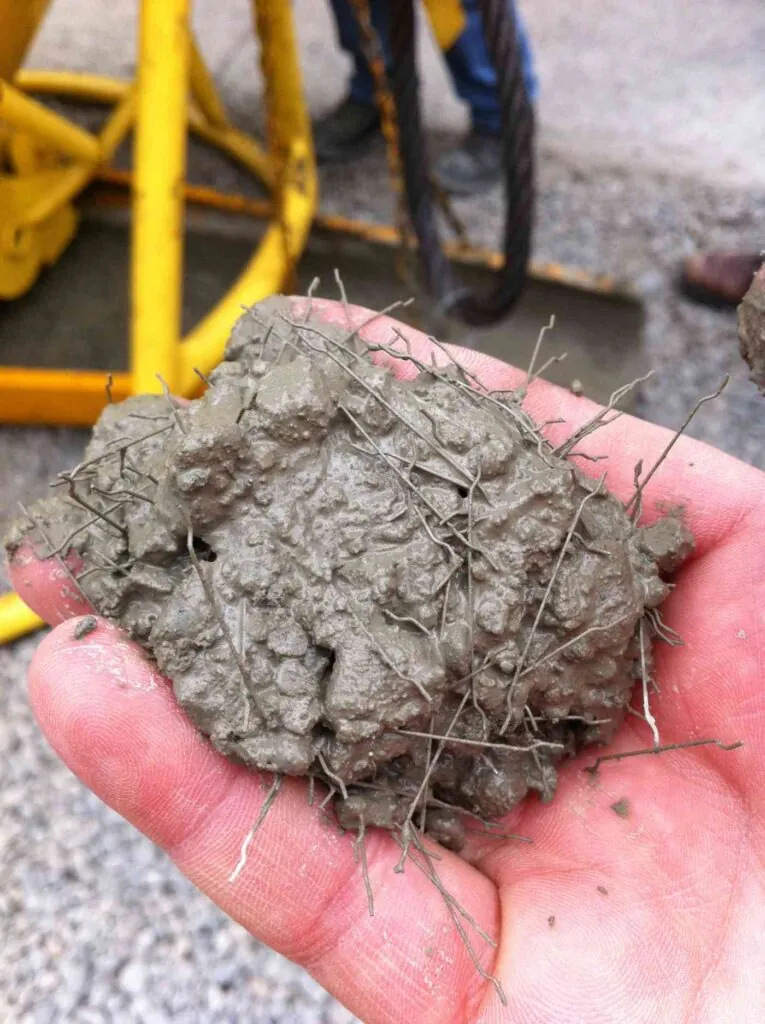
Steel Fiber Reinforced Concrete (SFRC) is a type of concrete enhanced with the addition of steel fibers, which are dispersed throughout the mix. These fibers improve the concrete’s tensile strength and resistance to cracking, making it more durable and reliable. Unlike traditional concrete, SFRC performs better under stress, offering superior impact resistance and structural integrity.
SFRC is increasingly used in various construction projects, from highways and bridges to industrial floors and high-rise buildings. Its ability to withstand heavy loads and resist environmental damage makes it a valuable material for both new concrete construction and repair work.
Advantages of Using Steel Fiber Reinforced Concrete
Steel Fiber Reinforced Concrete (SFRC) offers several compelling advantages that make it a superior choice for modern construction projects. Here is a closer look at the key benefits of using SFRC:
Enhances Durability and Flexibility
SFRC significantly improves the durability and flexibility of concrete. The addition of steel fibers helps the concrete resist cracking and deformation under stress. This increased flexibility allows SFRC to withstand dynamic loads and environmental factors that might otherwise compromise traditional concrete. As a result, structures built with SFRC exhibit a longer lifespan and maintain their integrity over time.
Reduces Construction Costs and Time
The enhanced strength of SFRC allows for thinner concrete slabs and reduced need for reinforcement, which can lower material costs and simplify construction processes. Additionally, SFRC’s superior performance means fewer repairs and maintenance over the life of the structure, leading to long-term savings. The efficiency of SFRC in construction also contributes to faster project completion, making it a cost-effective solution for contractors and developers.
Boosts Energy Absorption and Shock Resistance
The steel fibers embedded in the concrete enhance its impact resistance and reduce the likelihood of damage from sudden loads or impacts. This makes SFRC particularly valuable in applications where high-impact resistance is crucial, such as in airport runways, warehouse floors, and seismic zones. In applications where there are severe or prolonged shocks and impacts this reinforced concrete formulation is the best option for many situations.
Strengthens Concrete and Minimizes Cracks
The inclusion of steel fibers in SFRC significantly strengthens the concrete and minimizes the formation of cracks. These fibers act as internal reinforcement, distributing stresses more evenly throughout the concrete and preventing localized failure. This results in a more resilient structure that can handle various loads and stresses without developing cracks. The enhanced durability means fewer repairs and less maintenance over time.
Versatile for Varied Construction Needs
Concrete like this can be used in many residential and commercial applications thanks to its versatility. The ability to tailor SFRC to specific project requirements, such as varying fiber types and concentrations, allows it to meet the demands of different environments and load conditions. This versatility ensures that SFRC can be used effectively across diverse construction projects, providing robust solutions for both new builds and renovations.
Disadvantages of Steel Fibers in Concrete
While Steel Fiber Reinforced Concrete (SFRC) offers numerous benefits, it also comes with a few drawbacks that must be considered. Understanding these limitations can help in making informed decisions about whether SFRC is the right choice for a particular project. Here’s a look at some of the primary disadvantages associated with using steel fibers in concrete:
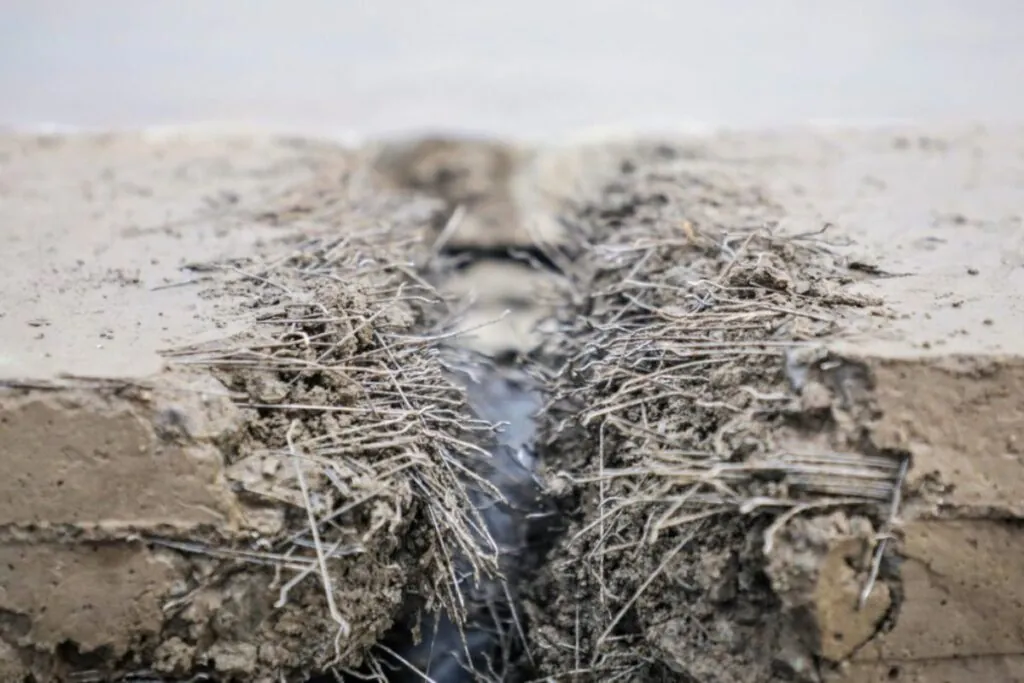
Higher Cost Compared to Rebar or Mesh
One of the notable disadvantages of SFRC is its higher cost relative to traditional reinforcement methods like rebar or mesh. The steel fibers used in SFRC are generally more expensive than standard reinforcing materials, which can increase the overall cost of a construction project. While SFRC offers superior performance and durability, the initial expense may be a concern for budget-sensitive projects.
Potential for Rusting
When exposed to moisture or harsh environmental conditions, the steel fibers can corrode, which may compromise the integrity of the concrete over time. This rusting can lead to weakened structural performance and potential issues with durability. To mitigate this risk, proper curing and sealing techniques are essential, along with selecting appropriate grades of steel fibers designed to resist corrosion.
Safety Hazards for Finishers
The steel fibers in the concrete mixture can create a rough and abrasive surface, increasing the risk of injury during the finishing process. Additionally, the fibers can cause splinters or cuts, requiring workers to use protective gear and exercise caution. Ensuring proper training and safety measures are in place can help address these risks and maintain a safe working environment.
Applications of SFRC in Building and Infrastructure
Steel Fiber Reinforced Concrete (SFRC) is increasingly utilized across various sectors of building and infrastructure due to its superior strength and durability. Its unique properties make it well-suited for demanding applications where traditional concrete may fall short. Here is a look at how SFRC is applied in different construction scenarios:
For Structural Frameworks in Buildings and Roads
In building construction, SFRC is employed for floor slabs, beams, and columns, providing improved load-bearing capacity and resistance to cracking. Similarly, in road construction, SFRC helps to reinforce pavements and bridges, making them more resilient to traffic loads and environmental stresses. The ability of SFRC to maintain structural integrity under heavy use makes it an ideal choice for high-performance infrastructure.
In Below-Ground Constructions
In below-ground constructions, such as tunnels, basements, and underground parking structures, SFRC provides significant advantages. It has the strength and durability needed for these kinds of applications. Its resistance to water ingress and cracking makes it particularly suitable for environments where moisture and soil pressure are concerns. It holds up to the pressure, literal and figural, of concrete that is located underground.
As Part of Sprayed Concrete Methods
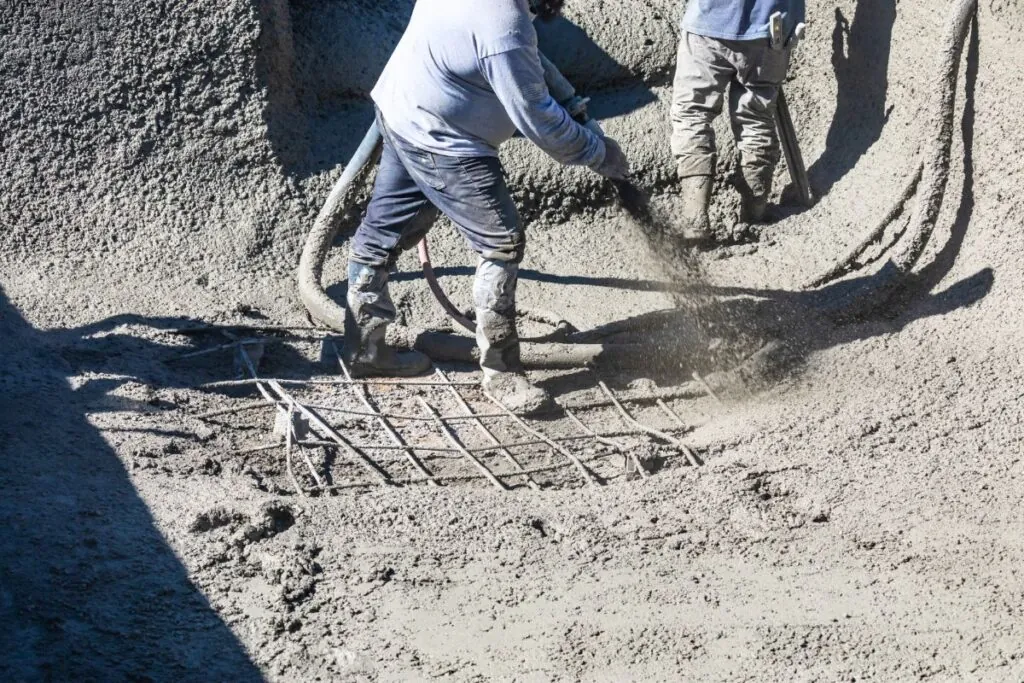
SFRC is also used in sprayed concrete methods, commonly known as shotcrete. This application involves spraying a mixture of SFRC onto surfaces to create a reinforced layer. It is particularly useful for applications like retaining walls, tunnel linings, and slope stabilization. The steel fibers in the sprayed concrete provide additional reinforcement, improving adhesion and resistance to impact and deformation.
Common Questions About Steel Fiber Reinforced Concrete
What exactly is SFRC anyway?
SFRC is concrete mixed with steel fibers to enhance its strength and durability. These fibers improve the concrete’s resistance to cracking and increase its overall toughness, making it suitable for high-stress applications in construction projects.
Can steel fibers be added on site?
Yes, steel fibers can be added on-site during the concrete mixing process. They are introduced directly into the mix or added to the ready-mixed concrete, ensuring an even distribution throughout the batch for optimal performance.
How do steel fibers affect the concrete mix design?
Steel fibers impact the concrete mix design by altering its workability and consistency. They require adjustments in the mix to ensure proper distribution and bonding, often leading to slight changes in the proportion of other mix components like water and aggregates.
Is SFRC electrically conductive?
SFRC is not inherently electrically conductive. While steel fibers do contain metal, their primary function is to reinforce the concrete. If electrical conductivity is required, additional measures or materials would need to be incorporated into the mix.
What are the benefits of using steel fibers over synthetic fibers?
Steel fibers offer superior strength and impact resistance compared to synthetic fibers. They are more effective at reinforcing concrete under high-stress conditions, providing better crack control and durability, which makes them preferable for heavy-duty applications.
Conclusion
Steel Fiber Reinforced Concrete (SFRC) stands out as a powerful enhancement to traditional concrete, offering increased strength, durability, and versatility for a wide range of construction applications. Its ability to resist cracking, absorb energy, and reduce maintenance needs makes it an attractive choice for both new projects and repairs.
As construction technology continues to evolve, SFRC represents a significant advancement in building materials, providing solutions that can enhance structural performance and longevity.
